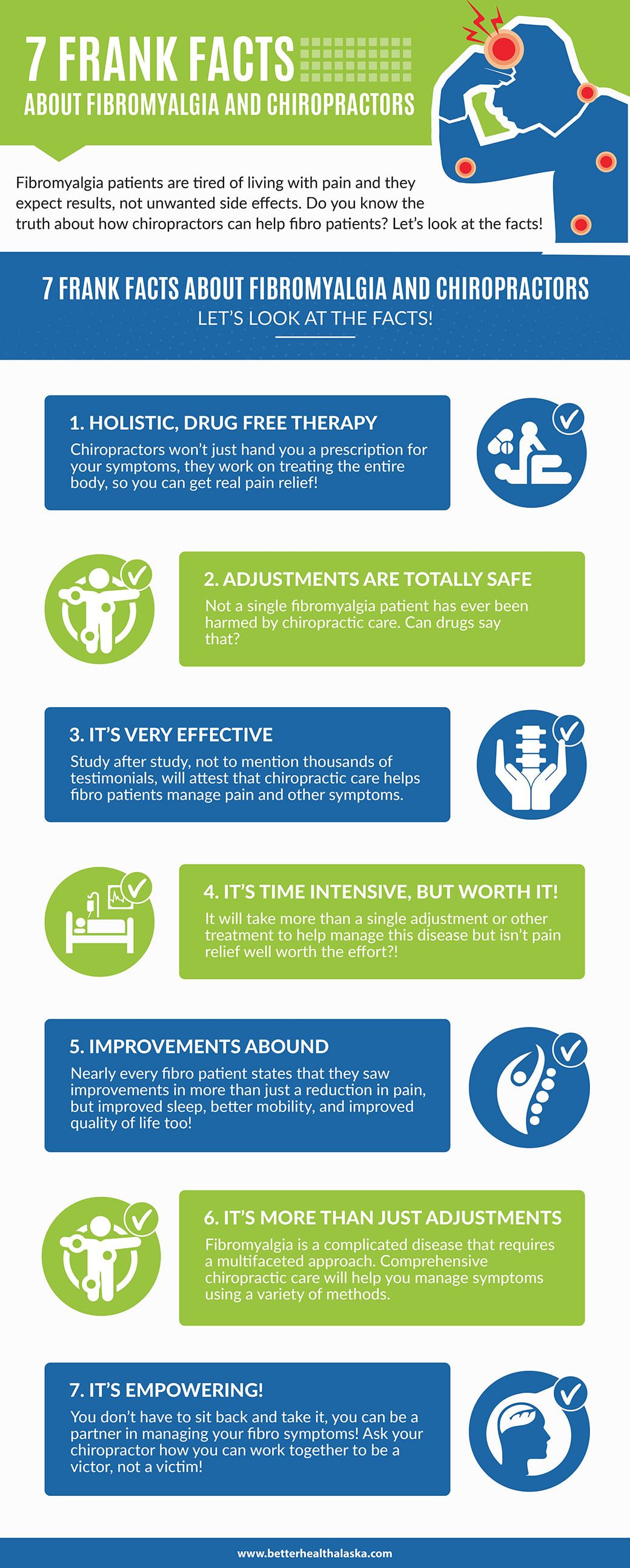The Link In Between Pose And Pain In The Back: Ways To Ensure Appropriate Positioning All Day
The Link In Between Pose And Pain In The Back: Ways To Ensure Appropriate Positioning All Day
Blog Article
Developed By-Kragh McIntyre
Preserving appropriate position isn't practically staying up straight; it has to do with aligning your body in such a way that sustains your back and lowers the danger of back pain. The means you sit, stand, and relocate throughout the day can substantially impact your spine health and wellness. However just how exactly can https://www.medicalnewstoday.com/articles/pain-on-left-side-of-body make certain great alignment regularly, even throughout hectic days loaded with numerous tasks? Let's dig deeper into the refined yet impactful changes you can make to your everyday routine to keep your back delighted and healthy and balanced.
Significance of Proper Posture
Appropriate stance is critical in keeping a healthy back and protecting against pain. When you sit or stand with good pose, your spinal column is in placement, decreasing stress on your muscular tissues, ligaments, and joints. This alignment enables the body to distribute weight uniformly, stopping excessive stress and anxiety on particular areas that can cause pain and pain. By maintaining https://paxtonkfztn.bloggosite.com/38829092/comparing-chiropractic-adjustments-to-typical-physical-therapy-which-is-right-for-you lined up, you can additionally enhance your breathing and digestion, as slouching can compress body organs and restrict their performance.
Additionally, keeping good posture can improve your overall look and self-confidence. When you stand tall with your shoulders back and head held high, you exhibit self-confidence and show up even more friendly. Great pose can additionally make you feel more energized and alert, as it promotes correct blood flow and permits your muscle mass to function effectively.
Integrating correct posture into your everyday routine, whether resting at a desk, walking, or working out, is essential for protecting against neck and back pain and promoting general wellness. Bear in mind, a tiny change in exactly how you hold on your own can make a significant distinction in exactly how you feel and work throughout the day.
Common Postural Mistakes
When it concerns maintaining great posture, lots of people unconsciously make common blunders that can contribute to neck and back pain and pain. One of one of the most widespread errors is slumping over or stooping over while sitting or standing. This position puts extreme strain on the back and can bring about muscular tissue inequalities and discomfort in the long run.
One more common blunder is overarching the reduced back, which can squash the all-natural curve of the spine and trigger discomfort. Furthermore, crossing legs while sitting might feel comfortable, however it can produce an imbalance in the hips and hips, leading to postural concerns.
Making use of a pillow that's also soft or too strong while resting can likewise impact your positioning and add to back pain. Lastly, regularly craning your neck to look at screens or readjusting your setting often can stress the neck and shoulders. Being mindful of these typical postural blunders can assist you preserve better placement and reduce the danger of pain in the back.
Tips for Correcting Placement
To enhance your placement and minimize pain in the back, it's important to focus on making small adjustments throughout your daily routine. Start by being mindful of your pose. When sitting, ensure your feet are level on the floor, your back is straight, and your shoulders are relaxed. Stay clear of slouching or leaning to one side. Usage ergonomic chairs or cushions to sustain your reduced back.
When standing, disperse your weight uniformly on both feet, maintain your knees slightly curved, and tuck in your hips. Engage your core muscle mass to sustain your spine. Take breaks to extend and walk around if you have an inactive task. Incorporate workouts that reinforce your core and back muscles, such as planks or bridges.
While sleeping, utilize a cushion that sustains the all-natural contour of your neck to maintain proper spine positioning. Stay clear of sleeping on your tummy, as it can strain your neck and back. By being mindful of these ideas and making small modifications, you can progressively correct your positioning and alleviate pain in the back.
Final thought
Remember, preserving good posture is key to stop neck and back pain and promoting spine health and wellness. By bearing in mind your alignment, dispersing weight equally, and engaging your core muscle mass, you can lower strain on your back and lessen the danger of discomfort and injury. Incorporate ergonomic support, take routine breaks to extend, and strengthen your core and back muscle mass to keep appropriate placement throughout the day. Your back will certainly thanks for it!
